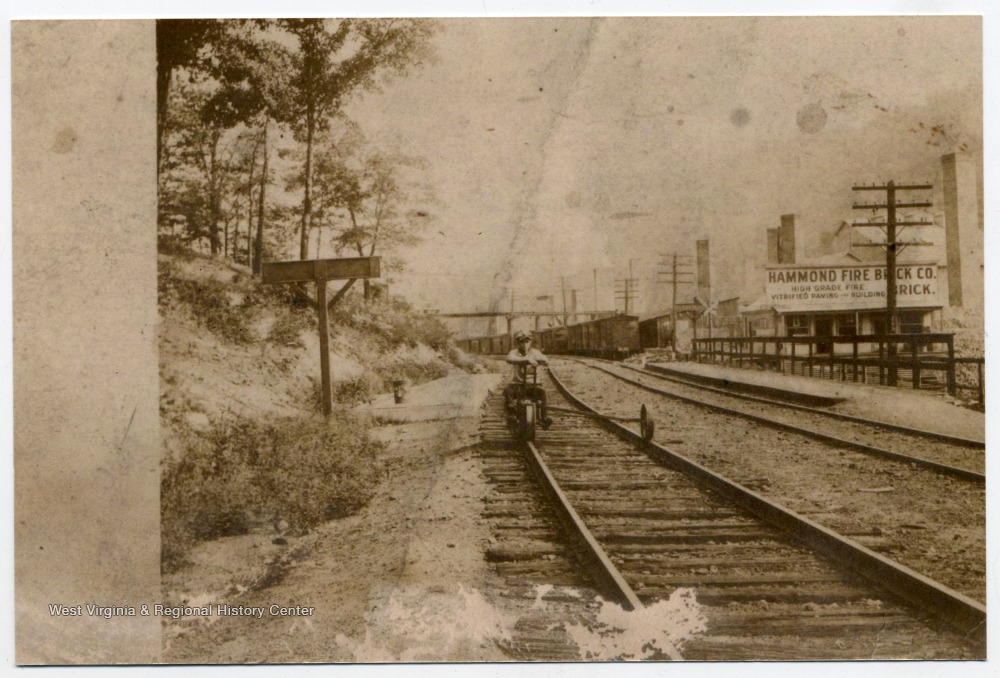
Just downstream from Valley Falls State Park, there used to be a town called Hammond. For quite a while, it was a hive of business. Now there is not much left except for a remnant of a brick paved road and some brick foundations of former homes. There is also found a very old sign that reads: “Please take all your garbage, don’t trash Hammond.”
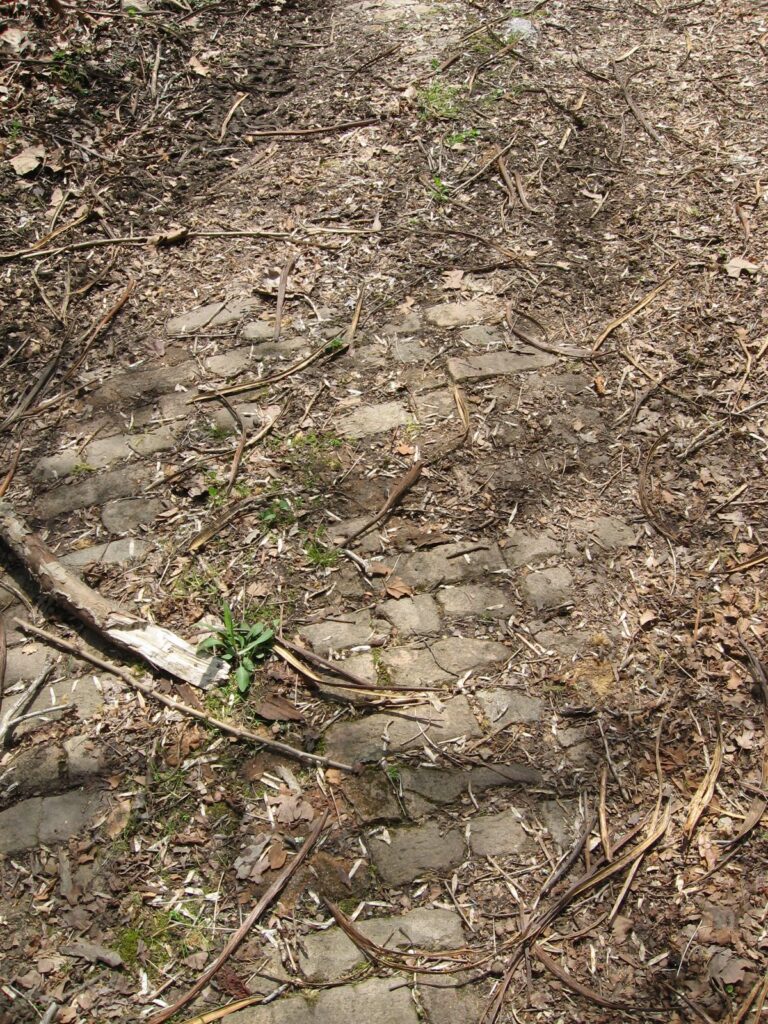
To find this lost city, you must travel on foot and fight your way through all the overgrown trees and brush. Looking at these reminders, a person would never know the importance of the bricks made here that built many of the famous buildings of the early era.
Richard Nuzum, an immigrant from Ireland, originally owned the land that this business sat on. He and his family, after living in many others states, settled here and was given 1000 acres on the Tygart River. The settlement was formed in 1802. Furthermore, he built one of the first grist mills on the river. “Nuzums Mill” was the given name of this area.
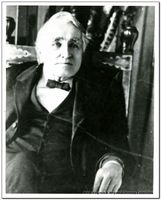
Nuzum lived and developed his land until 1865 when he sold 400 acres to coal Barron James Watson.
[If you would like to learn more about Richard Nuzum, go to https://jaysteeleblog.wordpress.com/2013/03/19/richard-nuzum-1734-1822/]
Mr. Watson started his own brick factory along the river. The coal magnate dug the clay and made bricks to sell along with mining coal. His brick factory was not a successful venture until his sale to Hammond Fire-Brick Company in 1899. The brick company out of Pennsylvania came in, took over, and built a town around this one important product.
What was so special about the clay around the Tygart River, and why in this area? The “Fire-Clay” used for these specific bricks is generally always found under coal seams. West Virginia is coal heaven. Running 100′ below the coal seam, the 2′ thick clay and coal were mined. This made the Hammond Company very wealthy. Moreover, there was a smaller town upriver at the time named Heifersville, and Hammond used pony-pulled carts to collect clay and bring it to the works by rail. I’m pretty sure it no longer exists, either.
Fire-Clay has two major constituents, silica, and alumina. The clay itself usually is yellowish-white or white. One brick, as a rule, weighs between 30-35 pounds. I have held Hammond bricks, and they are always quite heavy.
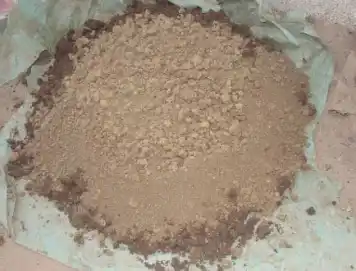

The bricks, when fired out of this type of clay, can withstand very high temperatures and, in turn, makes them very strong. For this reason, they are employed for use in chimneys, kilns, and furnaces. Many coke furnaces are run in West Virginia, and the bricks are fire resistant, making them perfect for this operation.
The bricks not only helped build many buildings and roads in Fairmont, WV, but they also produced the special red fire bricks that constructed The Fairmont Hotel. They also help build the Empire State Building and the Flatiron Building in New York City.
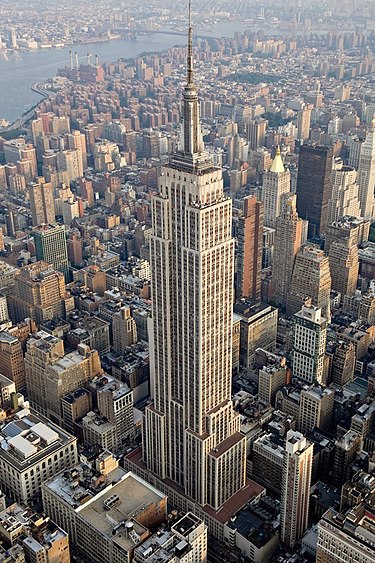
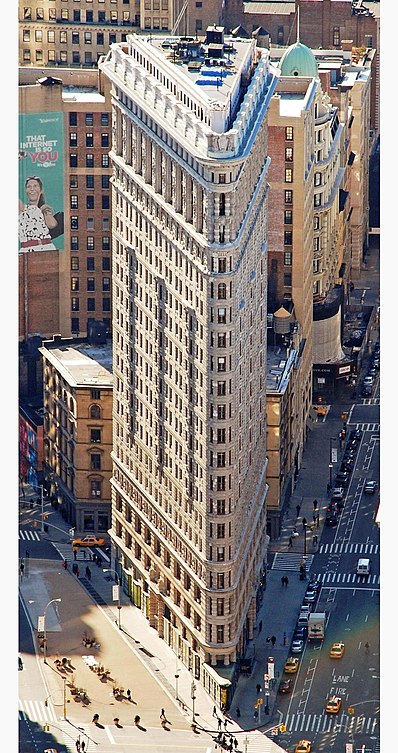
Industrialist Henry Ford built his Ford automobile factory using Hammond Fire-Bricks. Long Island, New York, also used these special bricks to create many of its structures.
Many of the bricks were stamped with the Hammond on the top, but not always. Wherever the bricks were intended for, they usually included the town name, such as Tygart, Fairmont, and Bessemer. That is the reason that you will find different names on the fire bricks when you see them.
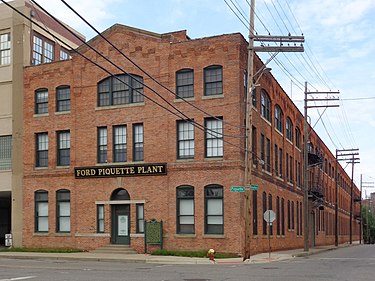
The Hammond Company wanted to keep their workers happy, so in 1903 they built large round kilns and each worker and family a house. They paved roads through the town with their bricks. They built a company store and made sure that what was ever needed by the workers they would find it there. Like the coal camps, the workers were first paid in scrip{a company’s currency} and could only use it at their store. A school was also opened for the children of the town.
The business office for Hammond was located in the George Jacobs building in Fairmont. Thomas I Brett was the manager of the mines at the time, and in 1915 he was promoted to president of the company. With his handling of the company in 1910, they were producing 50,000 bricks a day. Their production rate would rise each year, and in 1945 they were up to 100,000 bricks a day. They were much in demand, and West Virginia was famous for the Hammond brick!
During the war years, when male employees were hard to find, the company hired women to fill in, and a great job they did.
In the 50s, a devastating fire swept through the brickyard. It was later found to be arson, and the man responsible for it later killed himself. I have researched and asked for professional help to verify this and have hit a dead end. If anyone knows the story of the fire and what happened, I would be very grateful if you could relate this information.
The company declined with this fire and was sold many times over until 1972 the Southern Ohio Coal Company bought it. The town of Hammond turned into a ghost town. Everyone left to find employment, and the S&O Coal Co. tore down the buildings that were left and blocked off the entrance.
Hammond was a town that manufactured a product needed by the country. The town was a very important part of West Virginia’s history. Both are gone and will never return.
I expect that many feel West Virginia is known only because of coal. Being a small state and in the Appalachians, West Virginia has made its mark over and over again for various reasons, and Hammond Fire-Brick Company is but one.
Thank you for reading this blog article about the Hammond Fire-Brick Company, and I hope you enjoyed it. Please, if you would leave a comment below telling me your thoughts, good or bad, about this article or blog. All comments help me to grow and make my blog a better site.
Remember: History is the spine of America; not learning from it would make us collapse and fall!
Other interesting items:
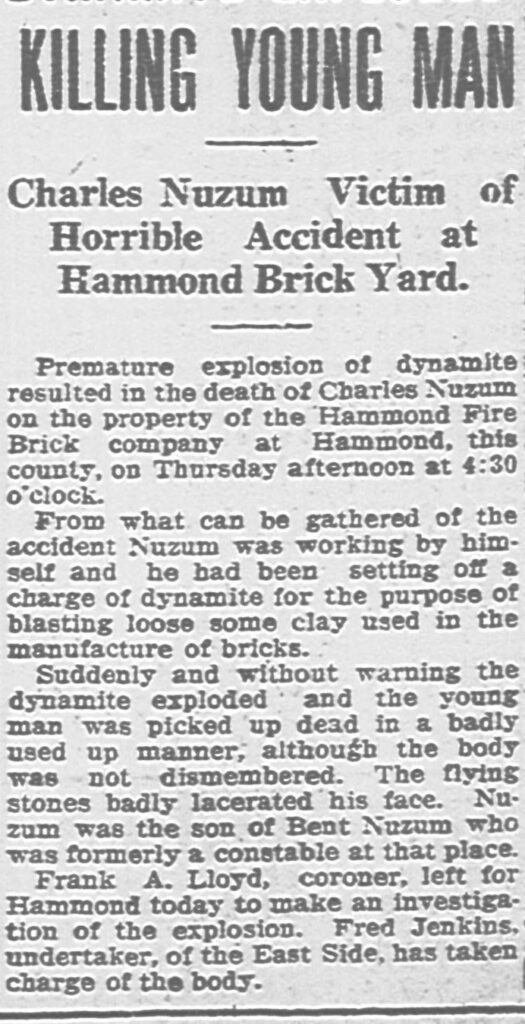

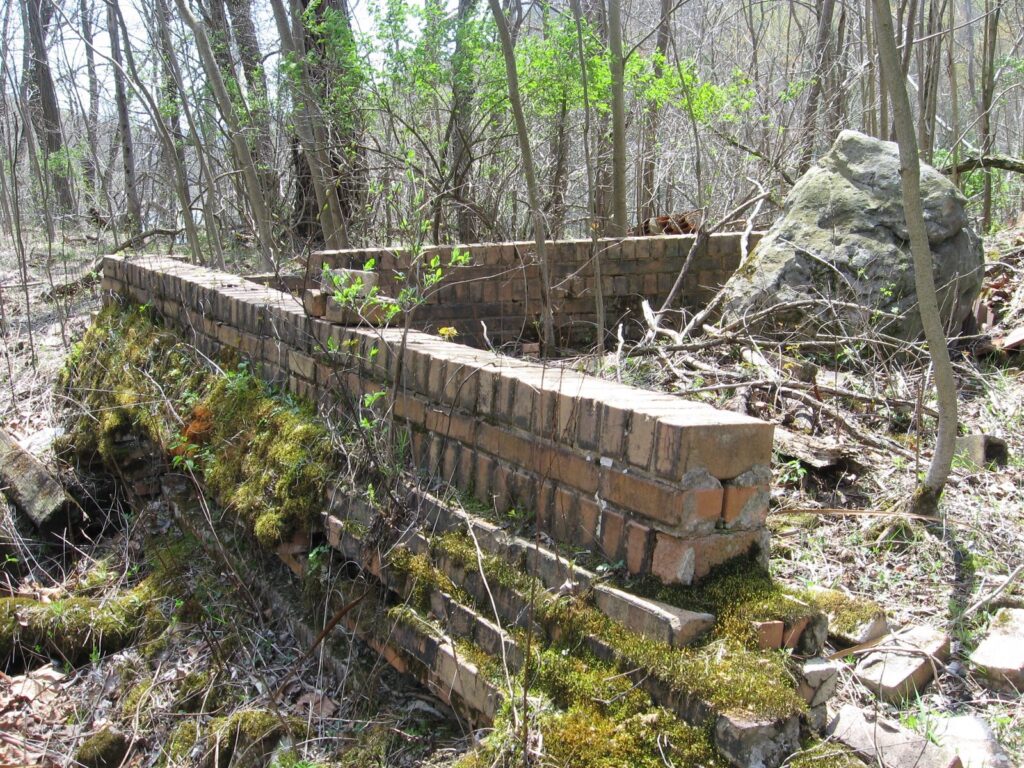
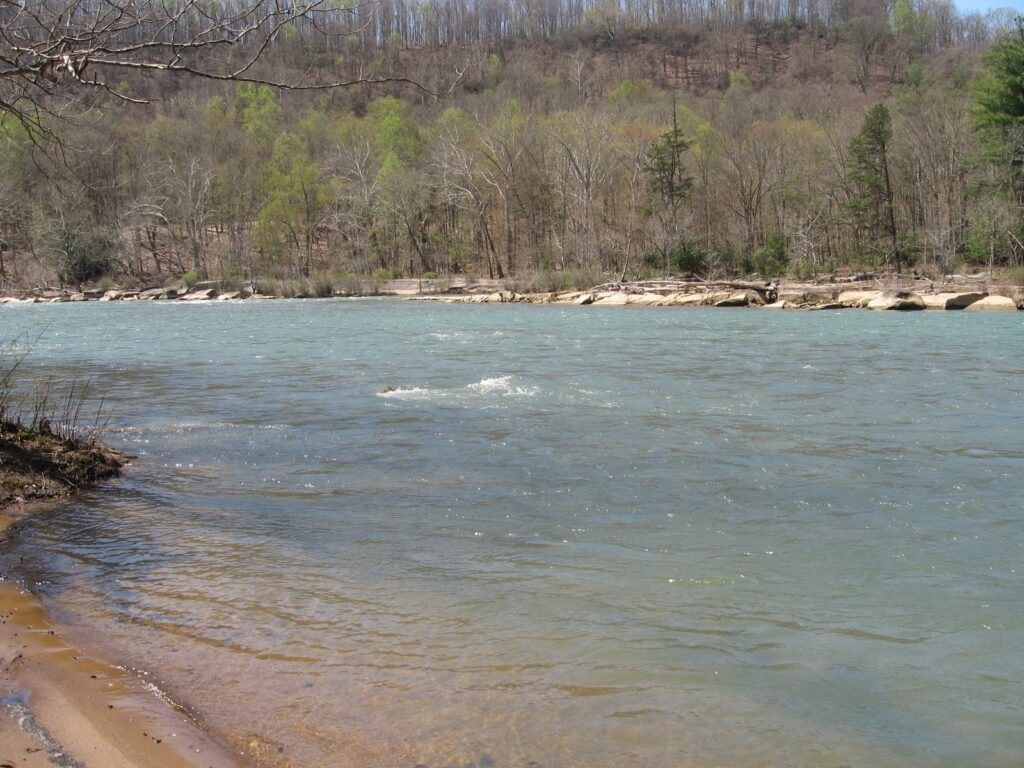

Late 60s, used to go swimming there–well actually not much swimming; the river was not good for swimming there. The ruins of some of the kilns were still there. There was a building remaining up the hill. I don’t know if it was the original office; but there were a lot of files in that building. I realize now the documents were Request for Quotes, Purchase Orders and related correspondence. I remember taking a few documents home. Wish I had them now!
I’ve heard that many people went there to a small beach. I do not know where that is. Can you imagine how those workers felt knowing the product they produced would build some of the most iconic buildings of the day? I wish you still had those papers too.
Remembering the brick streets of Fairmont, were they paved over, are they still there as foundation?
Sorry, it took so long to get back to you. Yes, they are paved over, and realistically they probably are in better shape than the paved streets.
Wonderful and highly informative article. Small Marion County and Fairmont, WV was a major industrial force, providing resources and goods for the Nation.
I’m so glad you enjoyed the article. Yes, Fairmont was a boomtown in its day!
Wonderful article!
Thank you so much. I have a blast doing them.
My grandparents and family lived there there and years later sold their property to the coal company. I have visited as an adult and also heard stories about the town at Valley Falls just up river. It had a mill and a large hotel . Loved your story
Thank you!